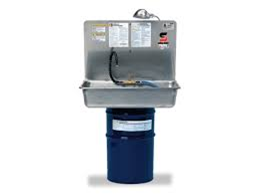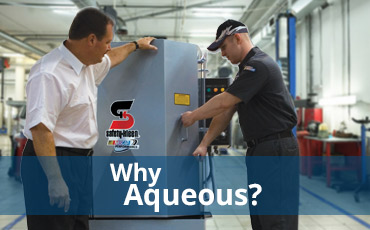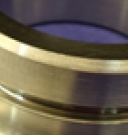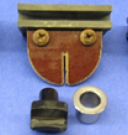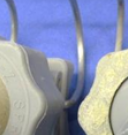If we asked you how long you’d like your aqueous cleaning product to last, you’d probably say something like “forever,” and you wouldn’t be joking.
In a perfect world, our cleaning solutions would last infinite lengths of time.
But our world isn’t perfect, and though there are companies out there trying to create solutions to this problem, the solutions tend to come along with many downfalls that prove to be inefficient.
Instead we focus on extending the life of our baths and being able to predict as closely as possible to when we need to swap them out.

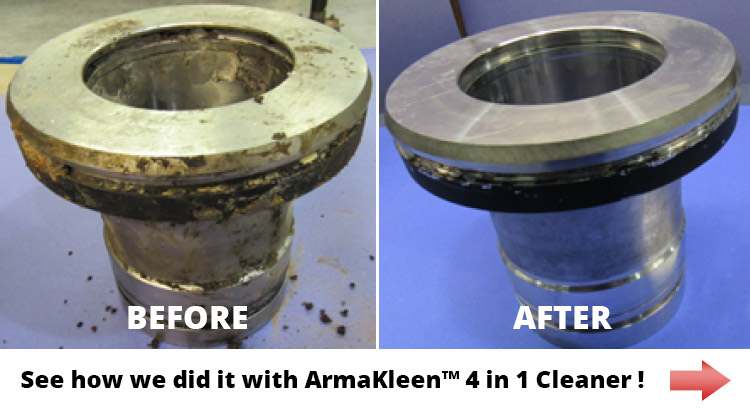
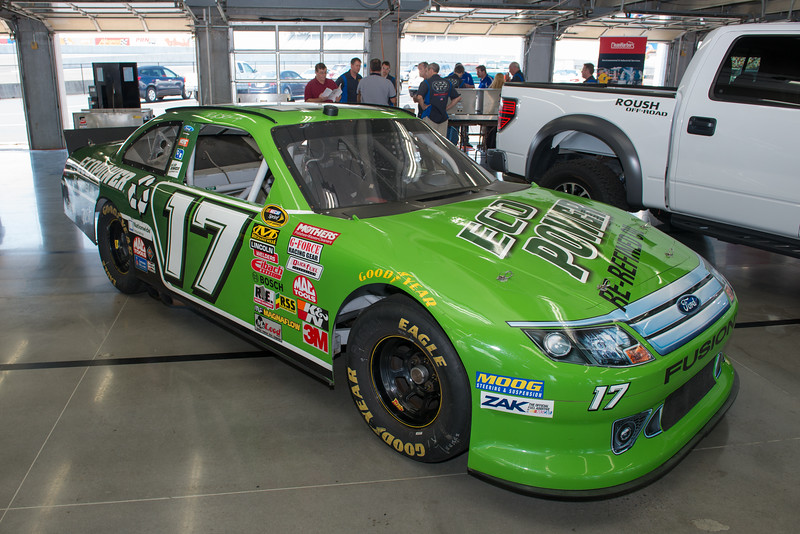 In a world where words like “sustainability” and “go green” are being used extensively, especially in the auto industry, it is important to remember that those concepts are not limited to simply the kind of fuel a vehicle runs on. Overall, being sustainable refers to the reduction of air pollution and greenhouse gas emissions—even when it comes to cleaning vehicle parts.
In a world where words like “sustainability” and “go green” are being used extensively, especially in the auto industry, it is important to remember that those concepts are not limited to simply the kind of fuel a vehicle runs on. Overall, being sustainable refers to the reduction of air pollution and greenhouse gas emissions—even when it comes to cleaning vehicle parts.